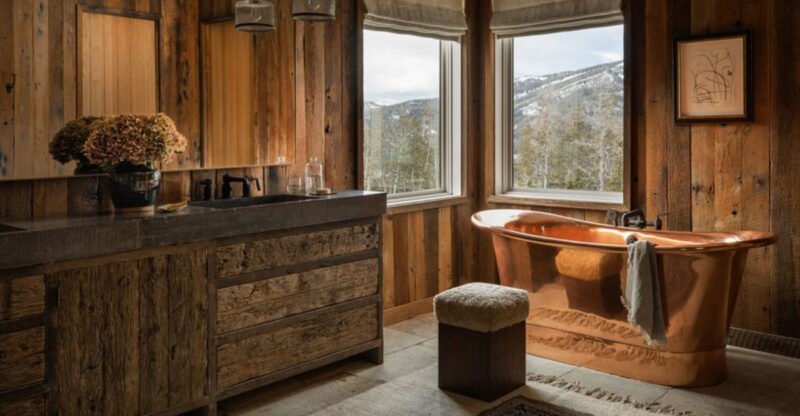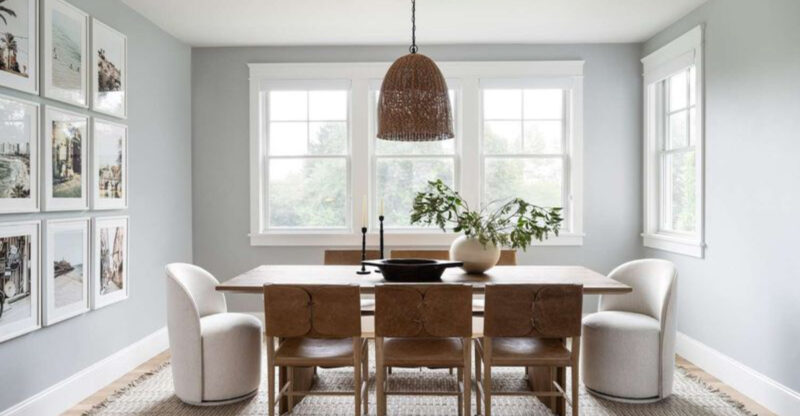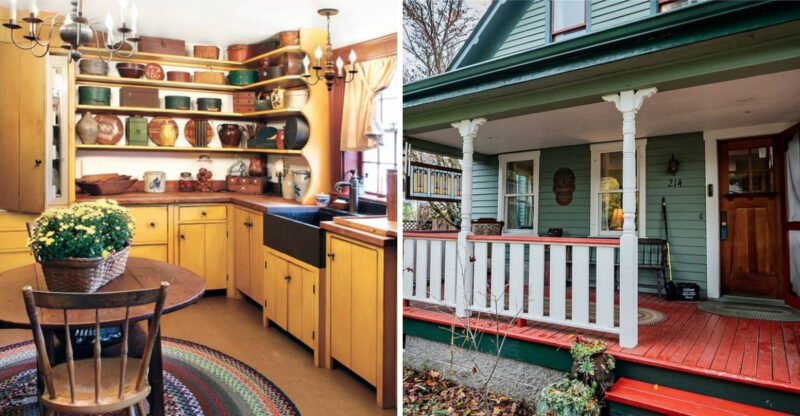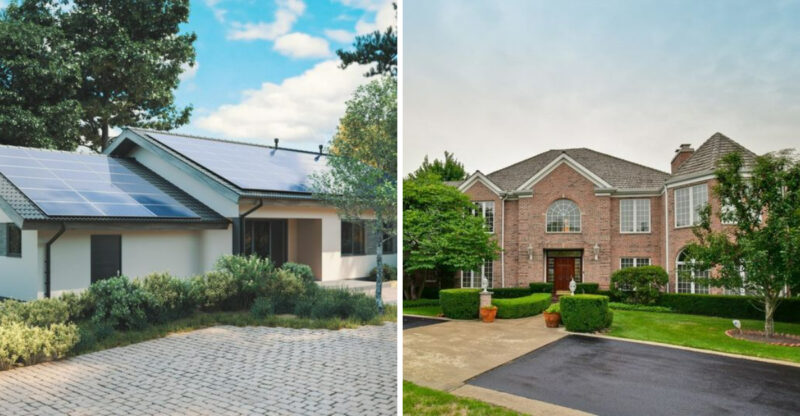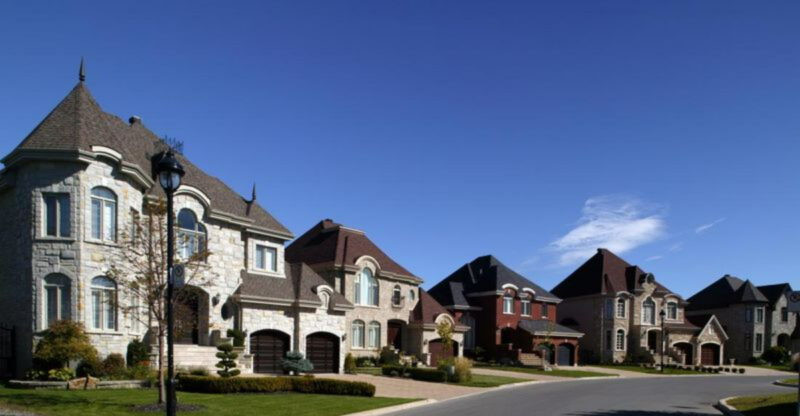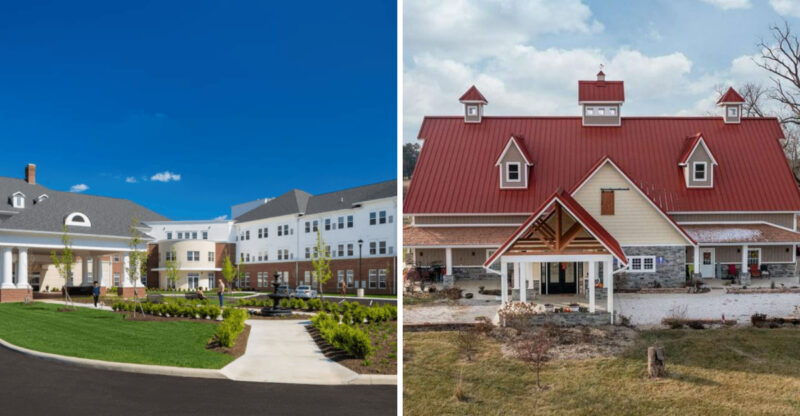13 California Home Styles That May Fall Out Of Favor By 2035
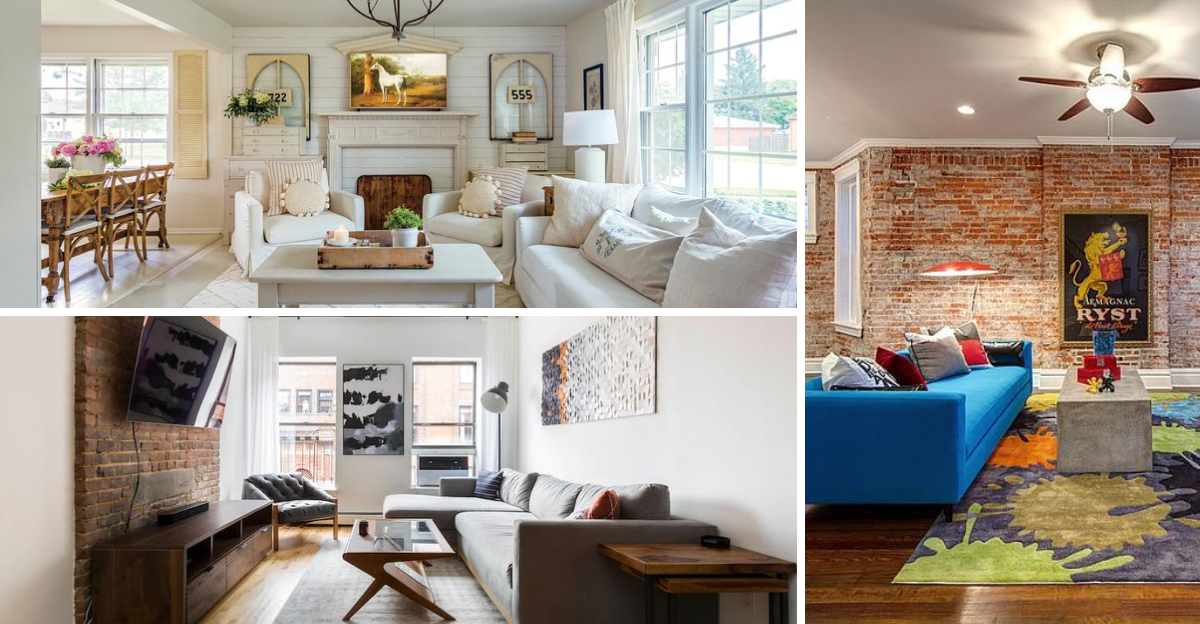
California homes have always set design trends for the rest of the country, but not all styles have staying power. Right now, we’re witnessing major shifts in what homeowners want versus what looked fresh just a few years ago.
As a designer who’s worked with hundreds of California homes, I’ve spotted which trends are already showing signs of fatigue. And, also, which ones my colleagues agree are heading for design extinction before 2030.
1. Overly Large Outdoor Kitchens
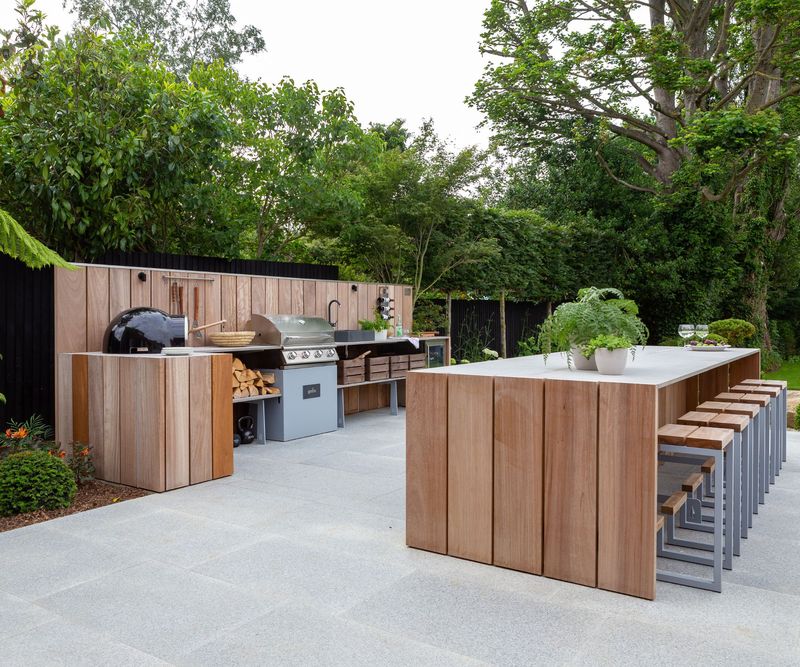
Those massive outdoor cooking zones with every appliance known to mankind are becoming dinosaurs in the design world. Outdoor kitchens that once boasted pizza ovens, multiple grills, and full bars now feel wasteful and excessive.
My clients increasingly prefer streamlined cooking spaces that use resources efficiently. The trend toward sustainability means outdoor kitchens are shrinking to just the essentials. Maybe one quality grill and a small prep area that actually gets used regularly.
2. Excessive Use Of Artificial Turf
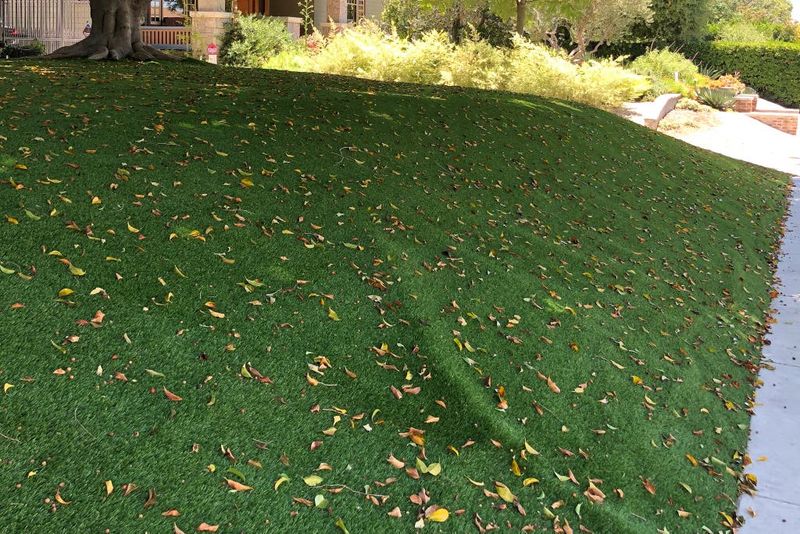
Fake grass is falling out of favor faster than you can say “sustainable landscaping.” The plastic greenery that once seemed like a water-saving miracle now bakes in our increasingly hot summers, creating heat islands and breaking down into microplastics.
Smart homeowners are replacing these synthetic carpets with native drought-resistant plantings. The new California garden embraces authentic xeriscaping with local plants, permeable hardscaping, and thoughtfully placed shade trees that cool naturally.
3. Dark Cabinetry Without Contrast
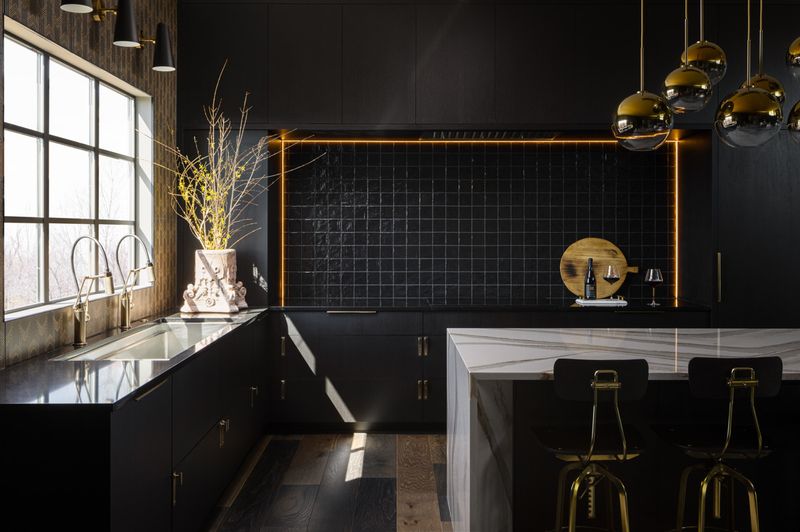
Where did we go wrong with those somber, all-dark kitchen cabinets? Without proper contrast, these moody kitchens feel like caves rather than culinary workspaces.
My design colleagues and I notice clients increasingly requesting cabinet replacements for these dark installations. Light-reflecting surfaces and mixed-material approaches are taking their place.
The winning formula combines warm woods with lighter elements, creating kitchens that feel both grounded and airy.
4. All-White Bathrooms Without Texture
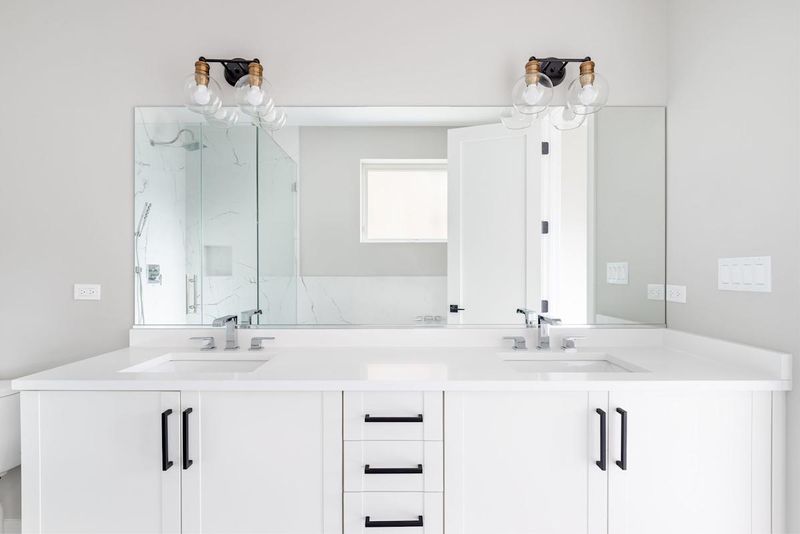
Sterile, hospital-like bathrooms are washing down the drain of design history. Those clinical spaces with zero texture or warmth feel increasingly unwelcoming as we seek comfort in our homes.
Homeowners now crave bathrooms with personality and tactile elements. Adding natural materials like wood accents, textured tiles, or even plants transforms these spaces.
The future bathroom balances cleanliness with character through thoughtful material mixing.
5. Heavy Industrial Lighting Fixtures
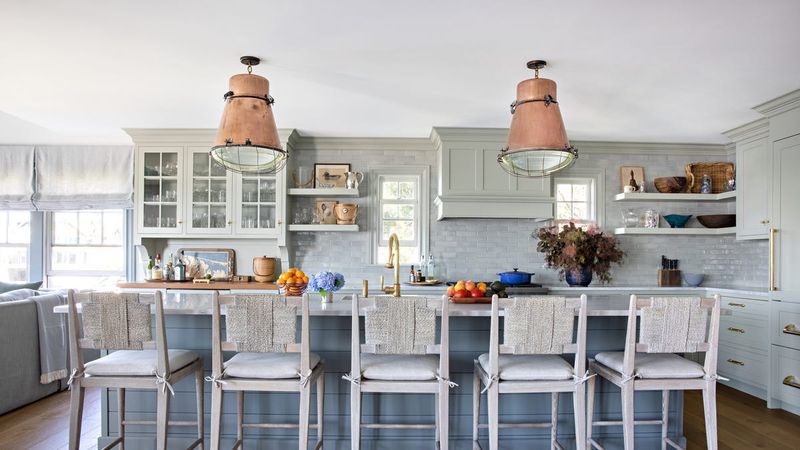
Those massive Edison-bulb chandeliers and factory-inspired pendant lights are finally dimming in popularity. Heavy metal fixtures that once seemed edgy now feel burdensome and visually overwhelming in our living spaces.
Lighting is evolving toward more refined silhouettes with mixed materials. California designers now favor fixtures that appear to float rather than dominate. Think elegant forms with natural elements like woven materials, ceramics, and glass that distribute light beautifully.
6. Open Shelving In Kitchens Without Storage Balance
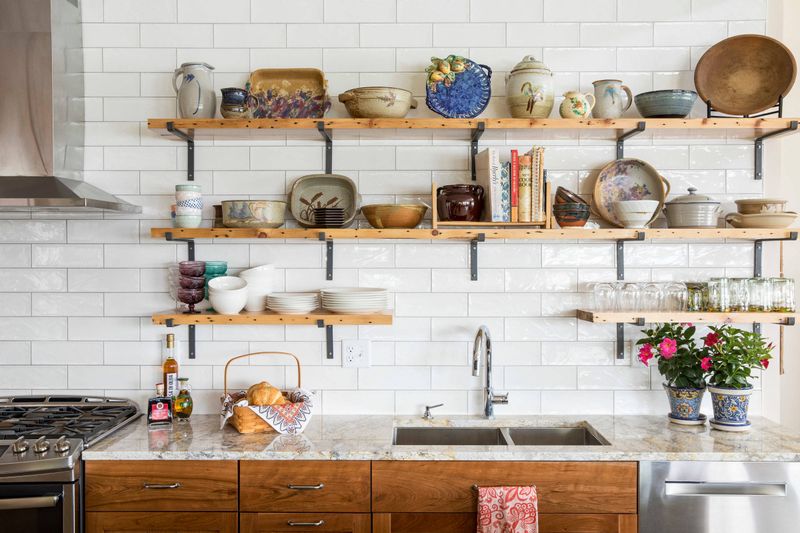
How quickly we embraced those Instagram-worthy open shelves! Yet most homeowners discovered the reality of dust collection and visual clutter that comes with displaying everything.
My California clients increasingly request a more balanced approach to kitchen storage. The new direction combines some open display areas with plenty of concealed storage.
This hybrid approach allows for personalization without sacrificing functionality or creating maintenance headaches.
7. Ultra-Minimalist Furnishings Without Comfort
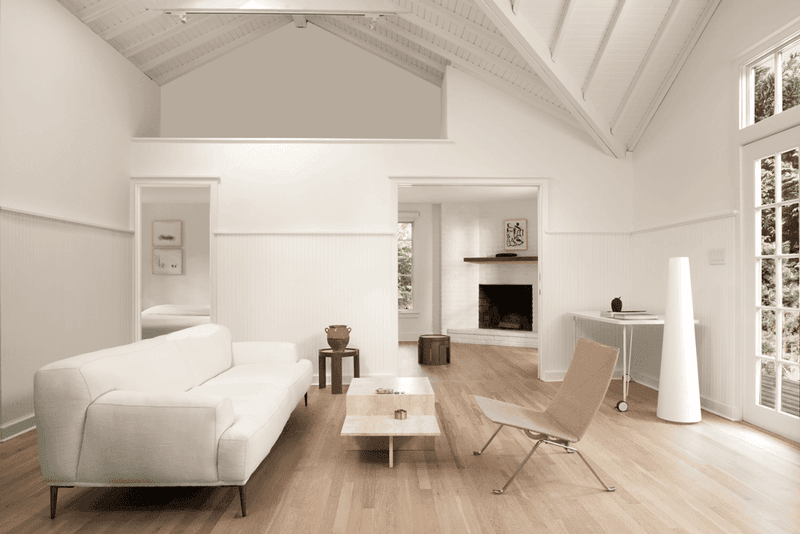
Those stark, uncomfortable furniture pieces chosen purely for their silhouette are being shown the door. California homeowners have learned that sitting on what amounts to a sculpture isn’t actually enjoyable.
Comfort is making a comeback without sacrificing style. The new direction embraces ergonomic forms with plush fabrics and organic shapes. Even the most design-forward homes now prioritize furniture that actually feels good to use.
8. Over-Decorated Farmhouse Style
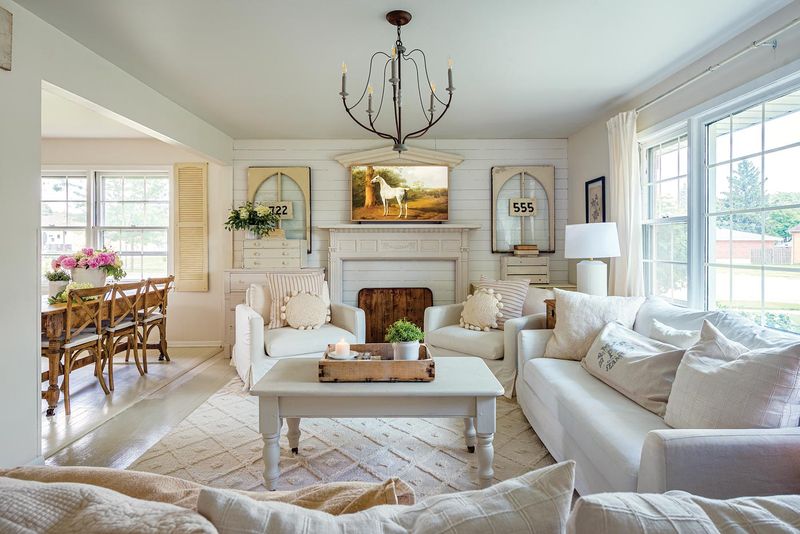
“Live Laugh Love” signs and distressed everything are rapidly becoming design relics. The farmhouse trend that dominated California homes for years has reached peak saturation, with its manufactured nostalgia feeling increasingly inauthentic.
Homeowners are now seeking more personal expressions rather than mass-produced rustic elements. The evolution favors carefully selected vintage pieces with genuine patina mixed with contemporary elements. This creates spaces with authentic character rather than themed environments.
9. Trendy Wallpaper That Dates Quickly
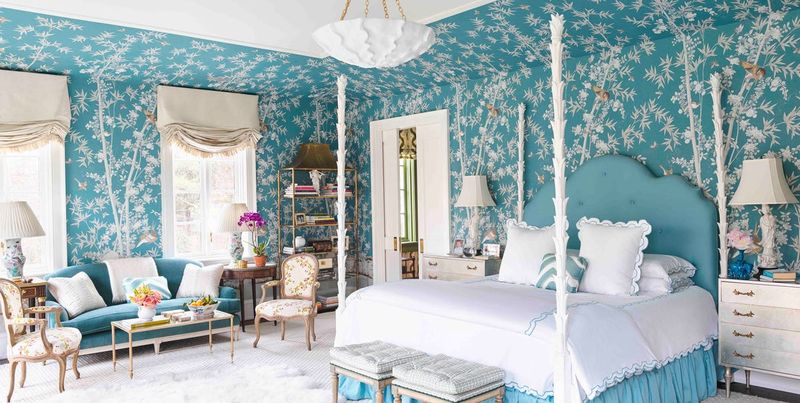
Though bold wallpaper made a stunning comeback, those ultra-trendy prints are already starting to look like time capsules. Tropical leaves, geometric patterns, and other statement prints that dominated Instagram are becoming the popcorn ceilings of our era.
California designers now recommend more timeless applications or removable options. The future belongs to subtle textures and classic patterns that won’t feel dated before you’ve even finished paying for the installation.
10. Oversized Sectional Sofas In Small Spaces
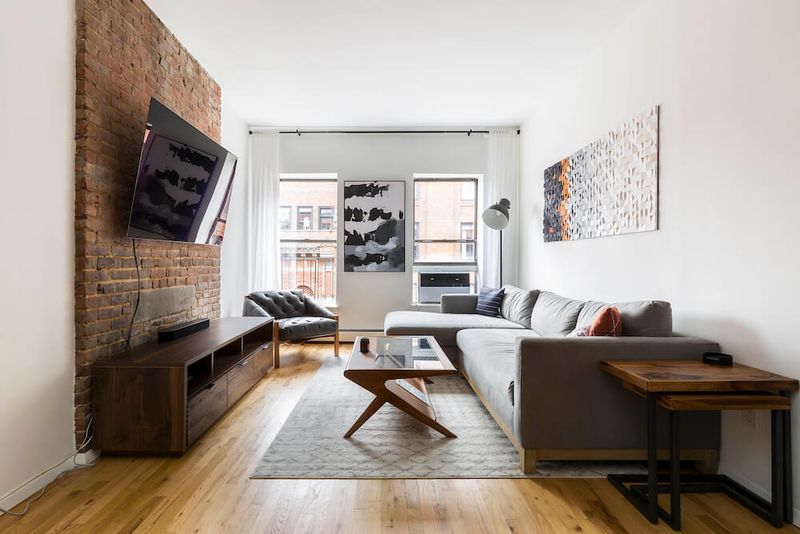
Jamming enormous sectionals into modest-sized rooms is a spatial mistake that’s finally being recognized. These mammoth seating arrangements often create awkward traffic flow and make rooms feel smaller than they actually are.
My California clients now prefer appropriately-scaled furniture that allows for movement and conversation. Flexible seating arrangements with individual pieces create more versatile living spaces. This approach allows rooms to breathe while still providing comfortable places to gather.
11. Faux Brick Or Stone Accent Walls
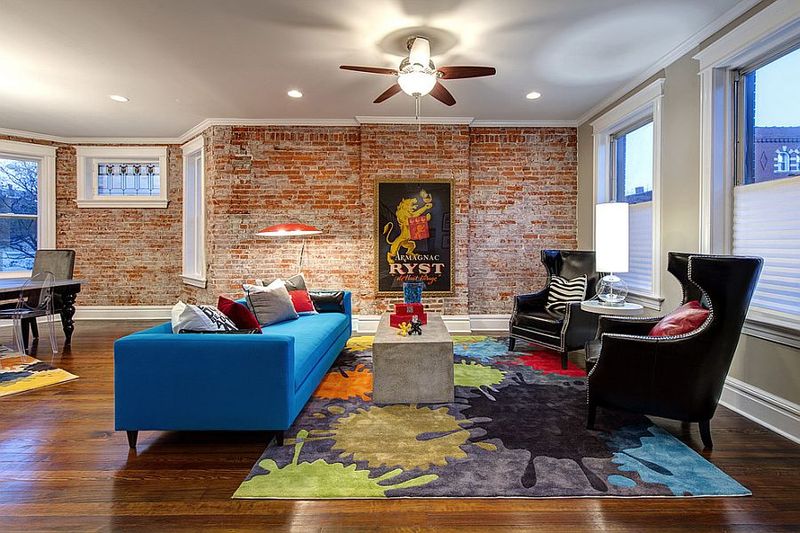
Those stick-on brick panels and faux stone veneers are peeling away from popularity faster than they sometimes peel off walls. What once seemed like an affordable way to add texture now reads as obviously fake and creates a confused design narrative.
Authentic materials or honest alternatives are taking their place. California designers recommend either investing in real stone or brick if the architecture warrants it, or exploring different textural elements like plaster techniques, wood applications, or even thoughtfully applied paint effects.
12. Overuse Of Neon Or Bright Accent Colors
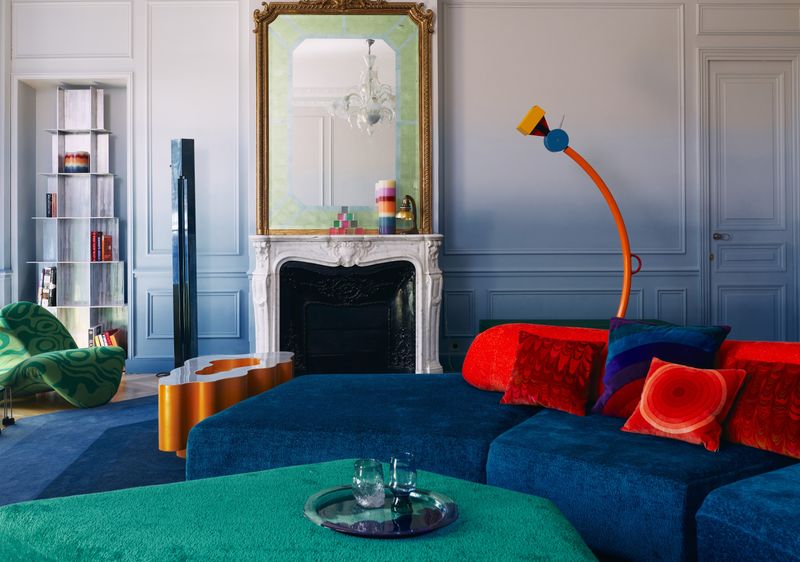
Remember when every California home seemed to need a shocking pink door or electric blue kitchen island? Those look-at-me color statements are fading fast as homeowners seek more nuanced palettes.
My design colleagues report a shift toward sophisticated color stories with depth and subtlety. The new approach uses color more thoughtfully, with rich, complex hues that create atmosphere rather than shock value. Think terracotta, sage, ochre, and muted blues that reference California’s natural landscape.
13. Built-In Office Nooks Without Flexibility
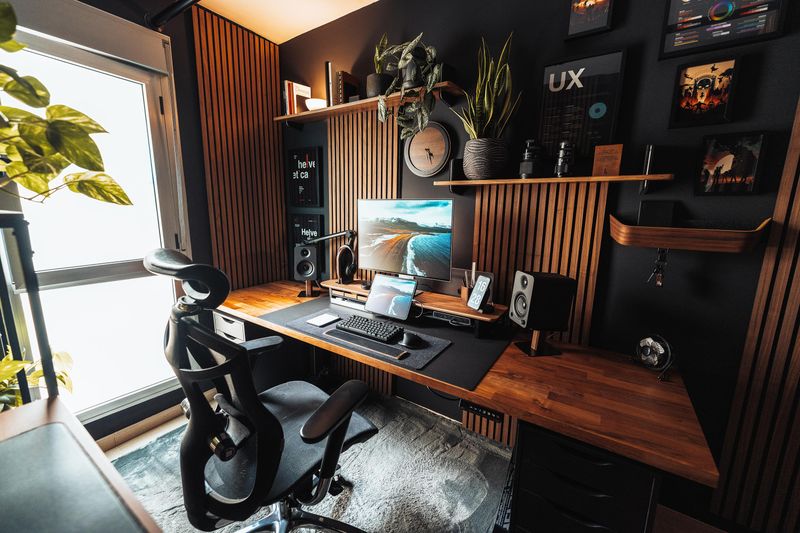
Those permanent desk setups hastily installed during the work-from-home boom are already showing their limitations. Fixed office nooks with built-in cabinetry often lack ergonomic considerations and adaptability for changing technology needs.
Forward-thinking California homes now incorporate more flexible work solutions. Movable desks, adjustable-height surfaces, and multi-purpose spaces that can transform as needs change represent the new direction. This approach acknowledges that our relationship with work continues to evolve.

